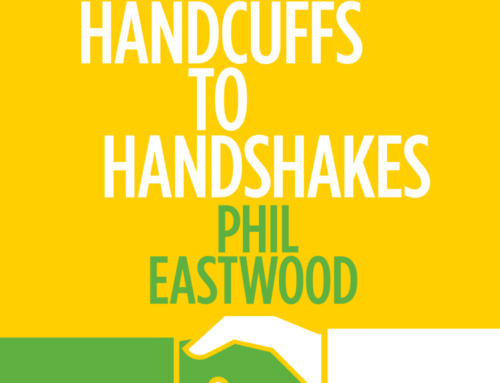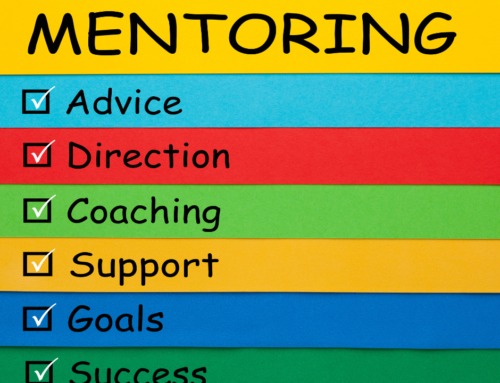Your Body Talks – Body Language Says A Lot at Work
As the world returns to a more normal, pre-pandemic routine and we are “together again,” it’s time to have a pleasant review of body language and how loudly it speaks.
Body Language
The way we physically present ourselves to others is just as important as our verbal communication. Some suggest that we speak more through our bodies than words communicate. For example, the posture we assume, our eye movements, hand gestures, and even how we breathe can convey far more than we realize at the moment. (And perhaps want to expose.)
Our bodies send out hundreds of signals during a conversation subconsciously.
In the workplace, this is a powerhouse of communication.
Doing it Right
Positive body language can help to show you are enthusiastic and committed and exude confidence, friendliness, and sincerity. You are a team player and should do all you can to help yourself communicate that to your team.
Doing it Wrong
Negative body language can speak volumes while you think you are silent.
Perhaps you signal a lack of empathy about your colleagues or a general passivity about your job. We telegraph insecurity about our abilities. Not surprisingly, we can quickly educate others about our laziness and disrespect for others.
Body Language Awareness
If you want to communicate to your coworkers that you have a hopeful, healthy, and positive outlook about them and your work, you will need to present your physical self consciously so it shows. Here are some tips that might help you accomplish that goal.
Want to be known as a person who sincerely listens to others? Make eye contact
Eye contact seems obvious and undoubtedly important. Don’t forget that personal eye contact communicates that you are listening and that what they are saying is important. Of course, it’s natural to want to look away, but it’s worth working on. Practice it every day and watch your relationships improve.
A practical approach to maintaining eye contact if you are not entirely comfortable with it is to maintain contact for a few seconds, then gently looking away before repeating the process. One thing to avoid is to maintain eye contact during 100 percent of the conversation. The staredown, however, will look forced and unnatural.
It’s also a given that eye-rolling is a negative in just about any situation, so it bears repeating that eye-rolling is a NO DON’T DO IT for any situation or relationship.
Want to seem confident? Maintain good posture
People are surprised to learn that their posture speaks volumes. It’s incredibly impactful when you need to convey confidence and attentiveness.
Sit up straight and stand up tall with your back straight. Think of the impression you leave with slumped shoulders or your hand holding up your weary head during a meeting? You are likely to come across as uninterested and lazy. In addition, it may seem you are disrespectful to the other people(s) involved in the interaction.
Proper posture is an effective way to convey energy, resilience, and perhaps most importantly, it shows interest and attentiveness.
Want to keep their focus? Control your hand gestures
What you do with your hands or feet can become distracting to others. For example, over-fidgeting with a pen can signal to people that you are not entirely present. Using your hands excessively to draw emphasis to what you are expressing can be overdone. Too much toe-tapping and people might think you are having a good time elsewhere in your mind. :-)
Of course, we all know that crossing our arms signals defensiveness and being positional. Science tells us that we may block our creativity and tendency towards innovation and solving problems in the well-used arm-crossed position.
Try it. Challenge yourself to sit without tapping, clicking, waving, or arms crossed. At the very least, you will become much more aware of your habitual behaviors when you practice.
Want to have people trust you more? Give them personal space
Approaching people in the workplace too closely can be interpreted as threatening and aggressive—not to mention entirely uncomfortable and inappropriate. Of course, the opposite can be true. Being too far away from someone during an interaction can convey a lack of interest in the other person; you seem disengaged.
Finding the right balance and respecting your coworkers’ personal space ensures others will be comfortable with you around.
Taking a quick moment to check in on how you are physically presenting yourself during interactions in the workplace can go a long way in helping you to be perceived accurately.
Sometimes it is without speaking at all that we end up saying a great deal.
“We are returning to normal.
Wait, no. Hold on, stay home.
Now, you can come back to the office full-time.
No, three days a week.
Hang on for further details.” :-)






